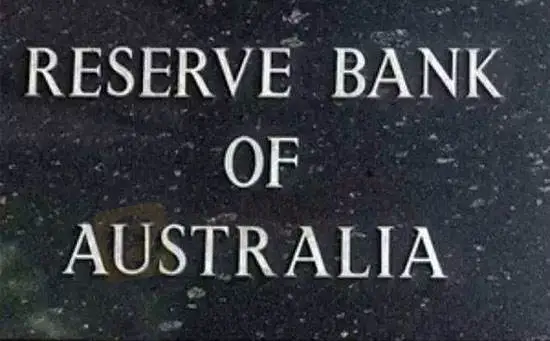简体中文
繁體中文
English
Pусский
日本語
ภาษาไทย
Tiếng Việt
Bahasa Indonesia
Español
हिन्दी
Filippiiniläinen
Français
Deutsch
Português
Türkçe
한국어
العربية
RBA Chief Says QE Becomes An Option At 0.25% Cash Rate
Abstract:Reserve Bank of Australia Governor Philip Lowe said that quantitative easing becomes an option at a cash rate of 0.25 percent.
Reserve Bank of Australia Governor Philip Lowe said that quantitative easing becomes an option at a cash rate of 0.25 percent.

However, he said, “the threshold for undertaking QE in Australia has not been reached, and I don't expect it to be reached in the near future.”
The economy is set to progress towards its goal over the next couple of years and the cash rate is still above the level at which bond buying would be considered, Lowe noted. “So QE is not on our agenda at this point in time,” he added.
The bank had reduced its cash rate three times this year. The rate now stands at a record low 0.75 percent.
The bank is committed to maintaining interest rates at low levels until it is confident that inflation is sustainably within the 2 to 3 percent target range, the governor said.
The central scenario for the Australian economy remains for economic growth to pick up from the current level, to hit around 3 percent in 2021. This pick-up in growth should see a reduction in the unemployment rate and a lift in inflation, the banker added.
“There may come a point where QE could help promote our collective welfare, but we are not at that point and I don't expect us to get there,” Lowe concluded.
Ben Udy, an economist at Capital Economics, said the confirmation by the RBA that the floor for interest rates is 0.25 percent is consistent with expectation of two more cuts next year, but more stimulus is likely to be required for the RBA to meet its objectives.
Therefore, the economist reiterated the forecast that the RBA will launch QE in 2020.
Disclaimer:
The views in this article only represent the author's personal views, and do not constitute investment advice on this platform. This platform does not guarantee the accuracy, completeness and timeliness of the information in the article, and will not be liable for any loss caused by the use of or reliance on the information in the article.
WikiFX Broker
Latest News
JUST Finance and UBX Launch Multi-Currency Stablecoin Exchange
XM Revamps Website with Sleek Design and App Focus
Global Shift in Cryptocurrency Taxation: Italy and Denmark Chart New Paths
Webull Introduces 24/5 Overnight Trading to Extend U.S. Market Access
TradingView & Mexico’s Uni. Partnership, to Enhance Financial Education
Something You Need to Know About SogoTrade
eToro Launches Global-Edge Smart Portfolio: A Balanced Approach to Growth and Stability
Darwinex advises traders to update MT4 & 5
Revolut X Expands Crypto Exchange Across Europe, Targeting Pro Traders
Broker Review: Is Exnova Legit?
Currency Calculator


